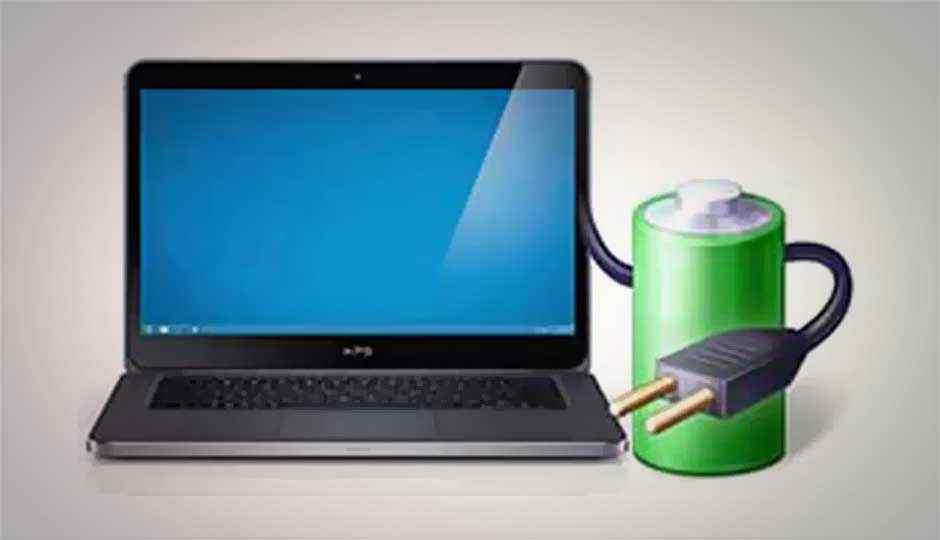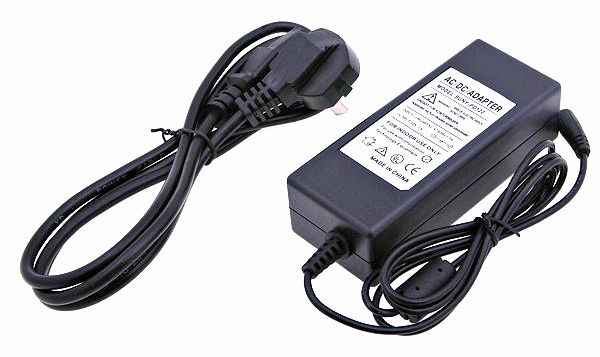How to make your laptop battery last longer
By
Harmanpreet Singh |
Updated on 17-Dec-2013
HIGHLIGHTS
Battery life is the bane of all mobile device users, and we can use all the help possible to increase it. This article will help you make the most of your laptop battery

Laptops are outselling desktops more than ever before. And a perennial gripe plaguing most laptop users is how to maximise their notebook’s battery life – we all desire laptops with a humongous battery life, don’t we? Here are a few pointers on helping you get the most out of your laptop battery.
 Survey
Survey✅ Thank you for completing the survey!
Maximise battery life
Your laptop’s screen consumes the most battery power. To ensure maximum possible run time of your laptop battery, be sure to dim your display whenever possible and especially when you aren’t connected to an AC supply. In Windows 7, you can tweak your laptop’s screen brightness by going to Control Panel > Hardware and Sound > Power Options > Edit Plan Settings and adjusting the slider settings.
In addition to that, disabling services such as Bluetooth and Wi-Fi network connections when they aren’t being used will also save you valuable battery power. Disconnecting external devices like USB flash drives when you’re done transferring data to or from them will also extend battery life.
.jpg)
Tweak your laptop’s screen brightness to save battery
Never charge your laptop’s battery constantly
A battery constantly kept at full charge will degrade at a faster rate, so never keep your laptop (and its battery) connected to the mains constantly. If you connect your laptop to an AC supply most of the time, the battery’s capacity to hold charge will reduce quicker than it normally would. Plug in the laptop’s charger when the battery drains below 15% and try not to unplug the laptop’s battery while it’s in the middle of its charging cycle. Also remember that fully discharging a battery isn’t recommended as it stresses the Li-ion battery and can be detrimental.
.jpg)
Select how you want your PC to save power
Calibrate your laptop’s battery
Over time, your laptop battery’s internal fuel gauge might get erratic and report erroneous levels of charge. This will hamper your laptop’s performance because it won’t utilise its battery optimally. To reset the battery’s fuel guage, follow these simple steps:
•Charge your battery fully up to 100%
•With the battery fully charged, do nothing to drain it for the next couple of hours, allowing it some much needed rest from the charging process.
•Make sure the laptop’s ‘Hibernation’ mode is ON under the Advanced Power Settings options in Windows’ Control Panel. Start draining the laptop’s battery.
•Once the laptop hibernates when it reaches minimum battery charge, let it lie undisturbed for over six hours. Once that’s done, plug in the laptop back to the AC mains to start charging its battery.
•Do this whenever you feel your laptop’s battery is wonky to correct its internal fuel gauge.

Give your charger a break sometimes
Stop unnecessary services, apps
Another important tip is to kill processes that you don’t want or are added eye candy at the expense of the battery. When on battery power, ensure that you don’t have any scheduled tasks running in the background (anti-virus scan, search indexing, software update, etc.) as they can easily eat away at precious standby time.
Next in line are all the fancy (and sometimes useless) icons, notifications and apps that hide inside your laptop’s system tray or on the right-hand of the Windows desktop. Ask yourself if you’d rather stare at them and sacrifice battery life? Uninstall services in your system tray (while still plugged in to AC mains) to free up your OS from managing too many things (and consuming battery) when you’re on battery power. You can also disable the Windows Aero effect to ensure that all the cool customisations don’t consume battery power. Do your laptop’s battery a favour and disable transparency.
.jpg)
It may look pretty but it kills your laptop